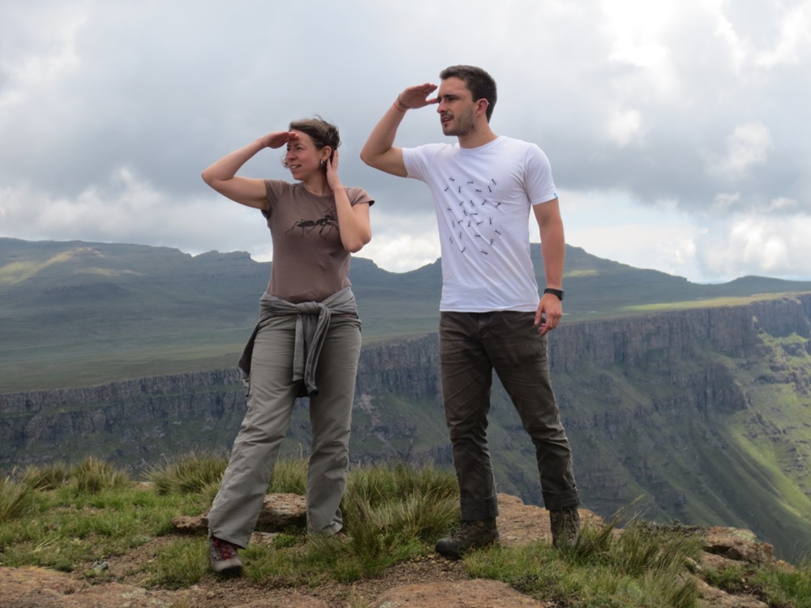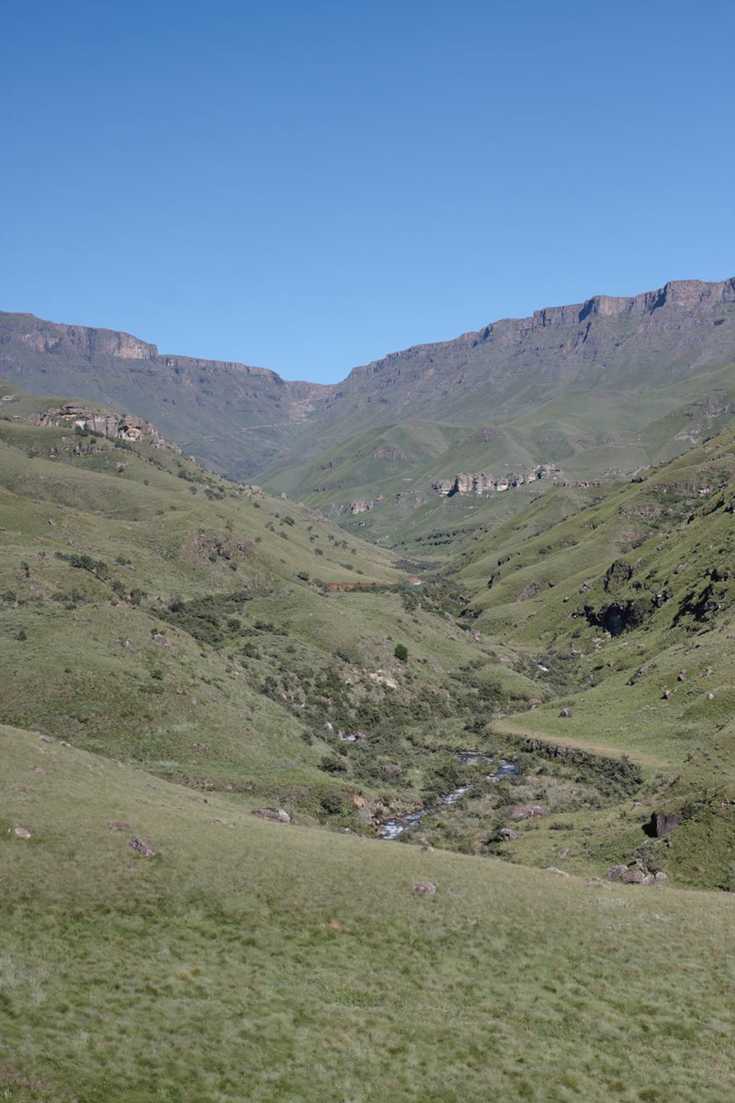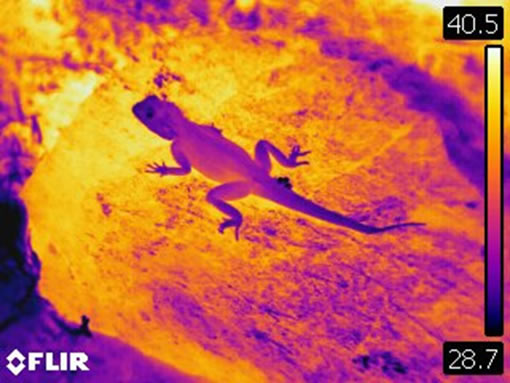16 November 2016 | By Tom Bishop
A recent study by C·I·B post-doctoral fellow, Tom Bishop and colleagues has shown that the relative abundances of ants is strongly related to their thermoregulatory traits.
The research team, led by Dr Tom Bishop (University of Liverpool and University of Pretoria), tested whether thermoregulatory traits such as colour and body size, shifted with the abundances of different ant species under contrasting environmental conditions.

They predicted that darker and larger ants would dominate in cold environments: darker colours heat up faster and achieve higher maximum temperature than pale colours, while large body sizes loose heat at a slower rate than smaller body sizes. Consequently, darker and larger ant foragers should have an advantage in cold places.
The international research team used data on ant abundances colour and body size from across three continents and fourteen elevations. Three of these sites are long-term C·I·B transects in the Cederberg, Soutpansberg and Maloti-Drakensberg mountain ranges. A further South African transect was added from Mariepskop along with transects from Argentina and Australia.
The researchers found that the most common ants were darker in colour and had larger body sizes in cold places, such as at the tops of mountains or in sites closer to the South Pole.
This relationship was also seen through time. Thanks to the long-term monitoring in the Soutpansberg and Maloti-Drakensberg the researchers could compare the structure of ant assemblages through time and relate this to the ambient temperature. In warmer years, the dominant ants were small bodied and pale whilst in colder years it was the larger and darker species that were more common.

A final twist in the tale is the role of UV-B radiation. Some sites, such as those in the central Australian desert, were very hot yet tended to have dark coloured ants. This counterintuitive pattern was explained by the high levels of harmful UV-B that are found in these locations. High levels of UV-B appear to be able to override the thermoregulatory requirements and instead promote a protective function by increasing the melanin, and darkening the colour, of the ants.
Dr Bishop said “These results take our existing understanding of thermoregulatory traits a step further by showing how they can structure entire assemblages – the most common species are those with the body sizes and colours best suited to that environment”. He added “This also gives us important clues as to how assemblages will change as the climate warms, the likelihood of them being invaded by non-native species, and the consequent knock-on effects for ecosystem functions that are mediated by ants”.
Read the paper in Global Ecology and Biogeography
For more information, contact Tom Bishop thomasrhys.bishop@gmail.com



